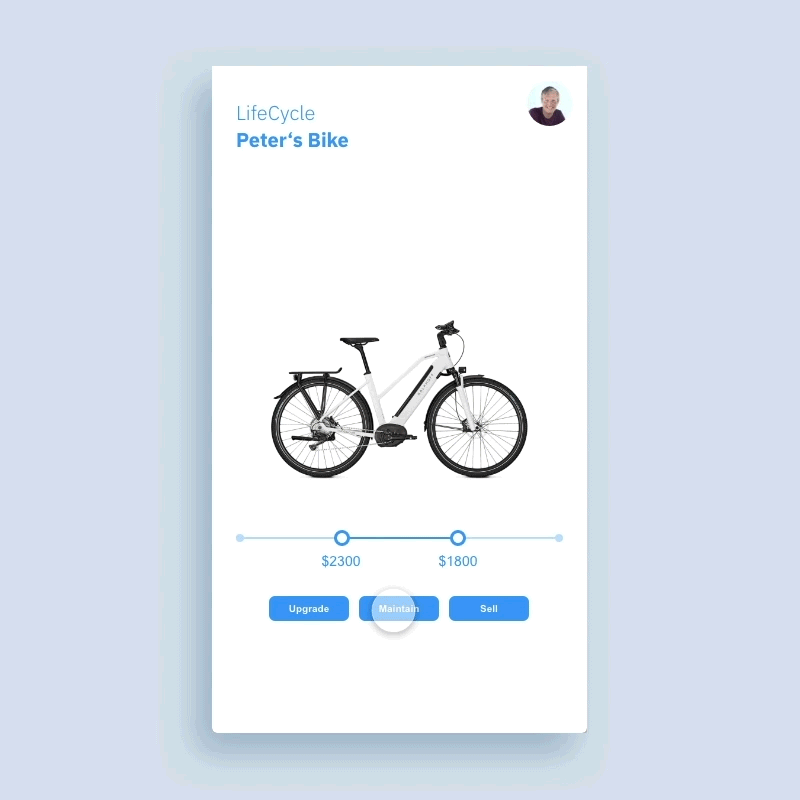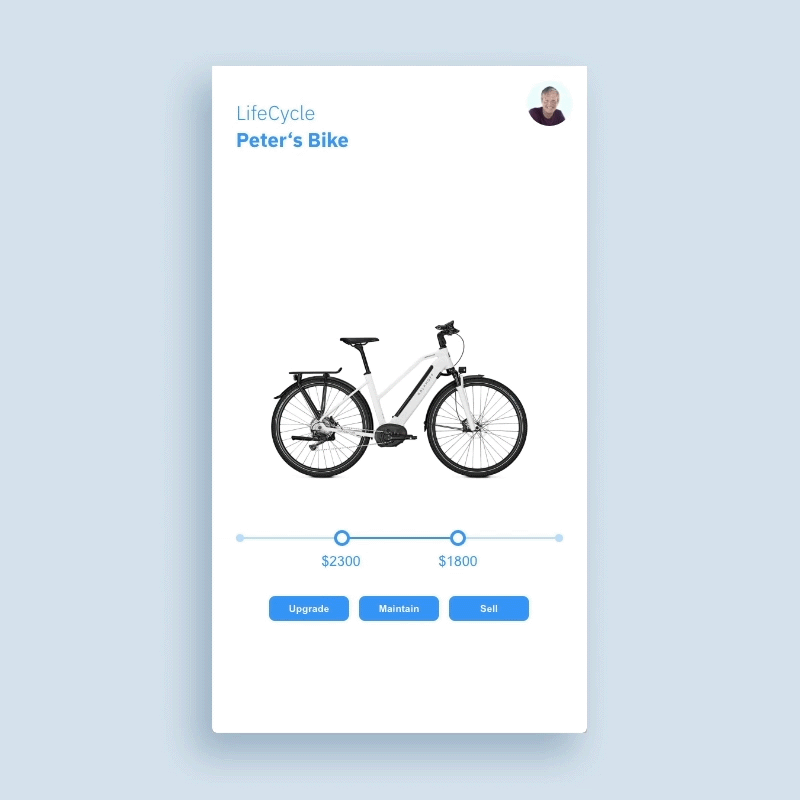The customer experience in the circular economy should be just as great as experiencing the environment it protects: joyful and effortless.
What is Circular Experience Design?
Engaging humans
Circular Design focusses mainly on products, materials and processes. That’s good, because that is where the heavy lifting needs to be done. But humans will also play a pivotal role in making the circular economy work. Circular Experience design addresses their new tasks and roles in a new economy.
Going beyond “User” Experience
Circular Experience Design improves the customer experience in the circular economy. It uses proven methods of user experience design (UX), customer experience design (CX) and service design to support people with tasks that go beyond “consuming” a product.
Enabling new tasks
To make the circular economy work, people need to think of a product not as as a “consumer good”, but as a service and material warehouse. They need to take care of their products better and maintain and repair them the right way. Components need to be exchanged to add new features and to extend the lifecycle.
Enabling new roles
When people increasingly use products as a service by renting or leasing, manufacturers keep ownership of their goods and have an economic interest in building them for durability and designing them for low maintenance and easy repair. Customers become “stewards” instead of owners, and they need to be supported in this new role.
Defining new relationships
Instead of selling new stuff to people periodically, brands that go circular need their customers to build long and meaningful relationships with their products. This is a game changer for marketing, but also a pivotal opportunity for brands to build continuous relationships with their customers. That relationship needs to be designed well.
Participating in value
At the end of life of a product, customers need to return its components and materials back into the cycle in the right way instead of wasting them. They need to be supported with this task. And they should also benefit from the value they helped to preserve.
Design study: LifeCycle
Bicycles are a crucial component of sustainable mobility. Especially eBikes have the potential to replace combustion vehicles. This conceptual design study shows how the digital twin of an eBike helps its owner to extend its life cycle and preserve the value of the bike.

Maintenance use case
The user wants to take advantage of a discount offer for servicing that the digital twin of his bike sends to the lockscreen of his smartphone.
The app shows the components of his bike due for servicing, including the offer of the dealer for a gear check that he can schedule directly. The value retention connected to this servicing is shown on the scale. The user can also switch to repair mode to fix damages himself.
Upgrade use case
The user wants to use his eBike for commuting overland. Instead of buying a new bike with 45 km/h he wants to upgrade his existing bike.
The digital twin offers him the available retrofit kits, including costs and the increase in value. The upgrade can be ordered directly as a DIY kit or as a workshop appointment.
Resell use case
The user wants to switch to a cargo bike and needs to sell his bike. The digital twin offers the three best offers based on his current equipment and state of maintenance.
Pro-active reselling ensures that the bike is not left unused or recycled incorrectly. Depending on the condition of the bike the dealer or manufacturer can refurbish it for second use or harvest components and materials for refactoring, upcycling or recycling.



